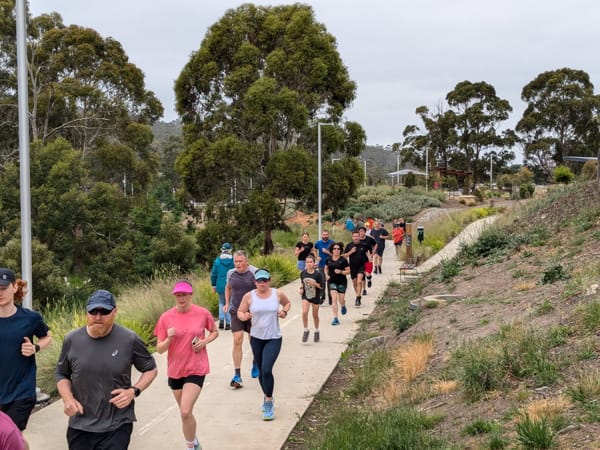The Economic Case

The Economic Case for Streets People Love
Did you know that pedestrian-friendly streets aren’t just better for people’s well-being—they’re also great for business? Around the world, car-free zones and walkable precincts have been shown to significantly increase economic activity, enhance property values, and boost local economies.
In Melbourne, the transformation of laneways into pedestrian-friendly zones has revitalized the city’s economic and cultural landscape. Cafés and boutique shops have flourished, drawing both locals and tourists. A study by the University of Melbourne found that property values in pedestrian-focused areas rose by as much as 20%, highlighting the financial benefits of walkable streets.
New York City’s Times Square offers another compelling example. Once dominated by cars, it’s now a pedestrian haven, with open spaces, seating, and public art. The transformation not only improved safety but also resulted in a 25% increase in retail sales and a surge in tourism, cementing Times Square as an iconic destination.
Closer to Hobart, Salamanca Market is a testament to the economic potential of pedestrianized spaces. Every Saturday, the car-free market attracts thousands of visitors, benefiting local vendors and the wider economy. Imagine extending this success to other parts of the city with permanent or temporary pedestrian zones.
Investing in streets people love means more than better public spaces—it’s a smart economic strategy. By making Hobart’s streets vibrant and accessible, we’re not only supporting local businesses but also creating spaces where communities thrive and economies flourish




